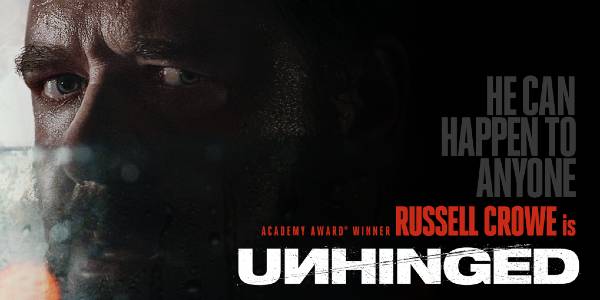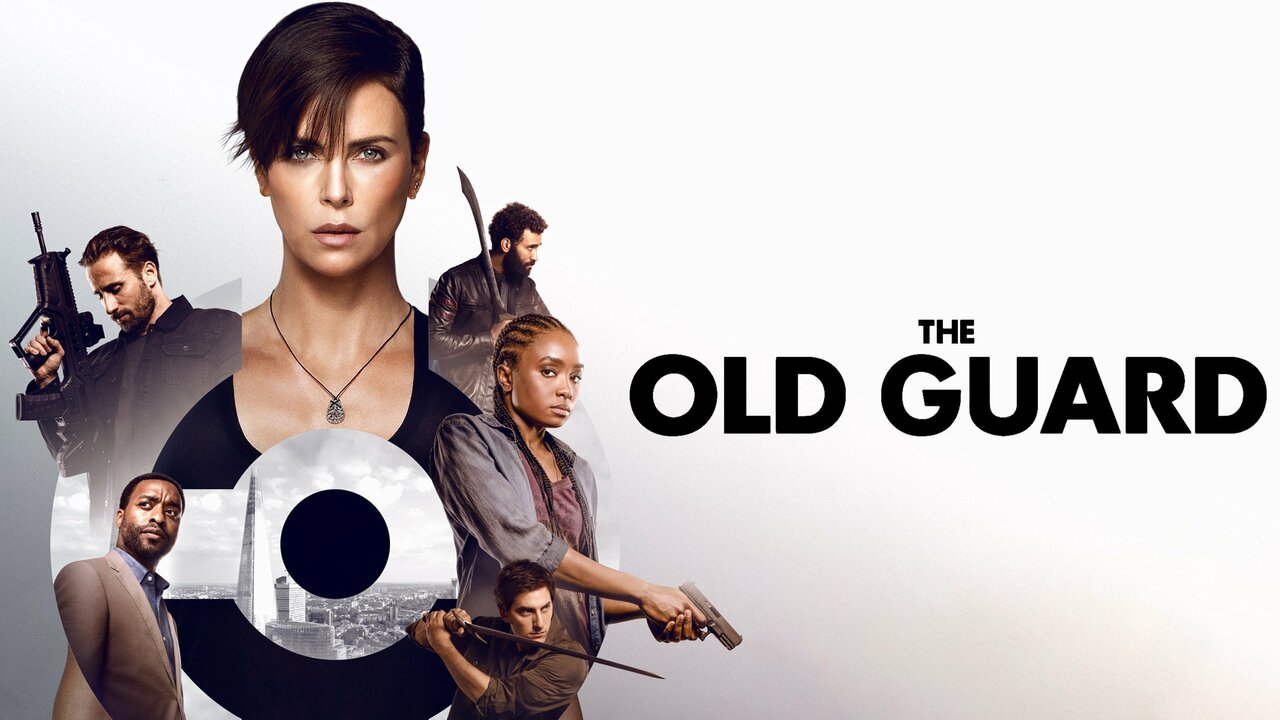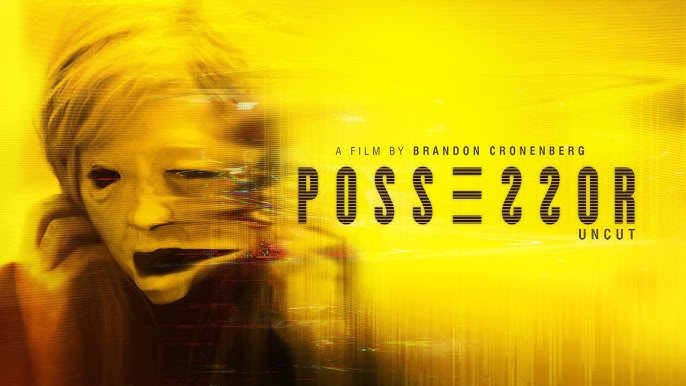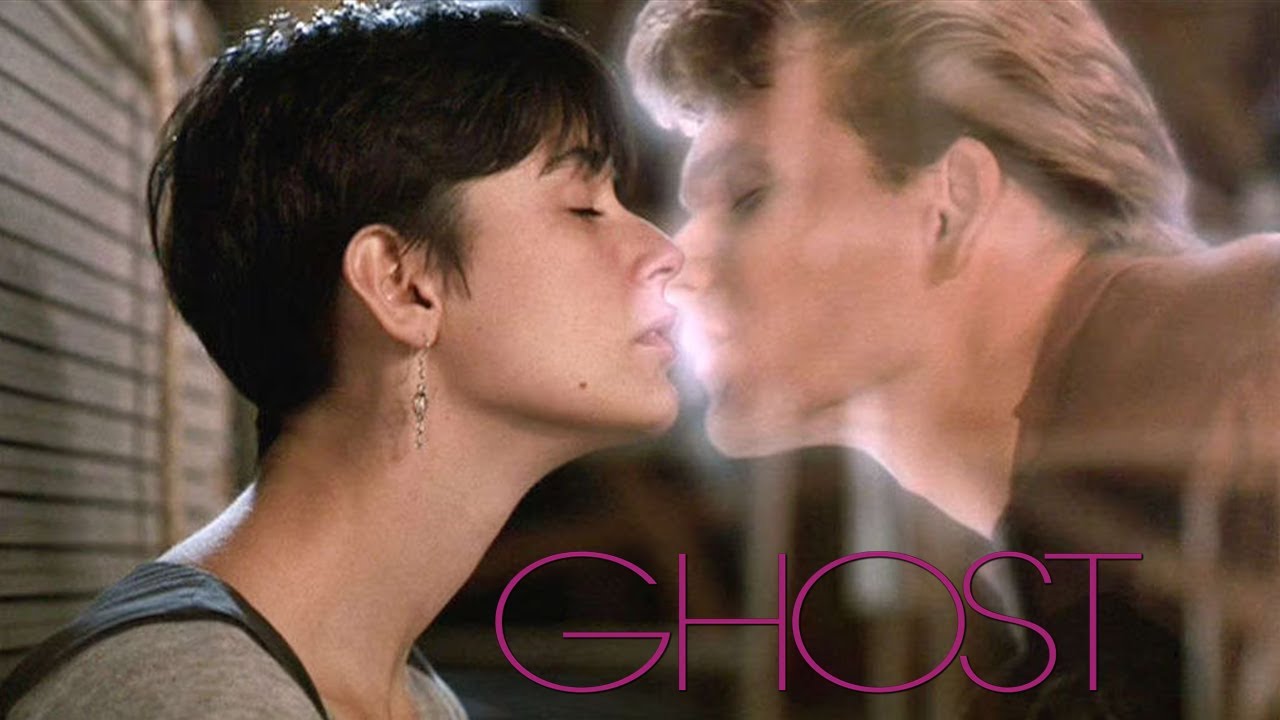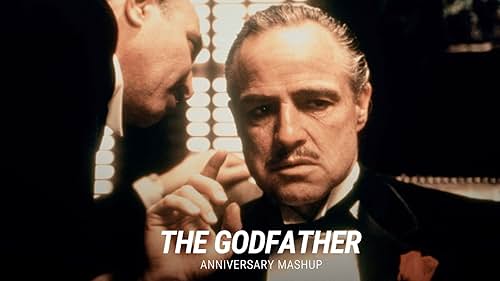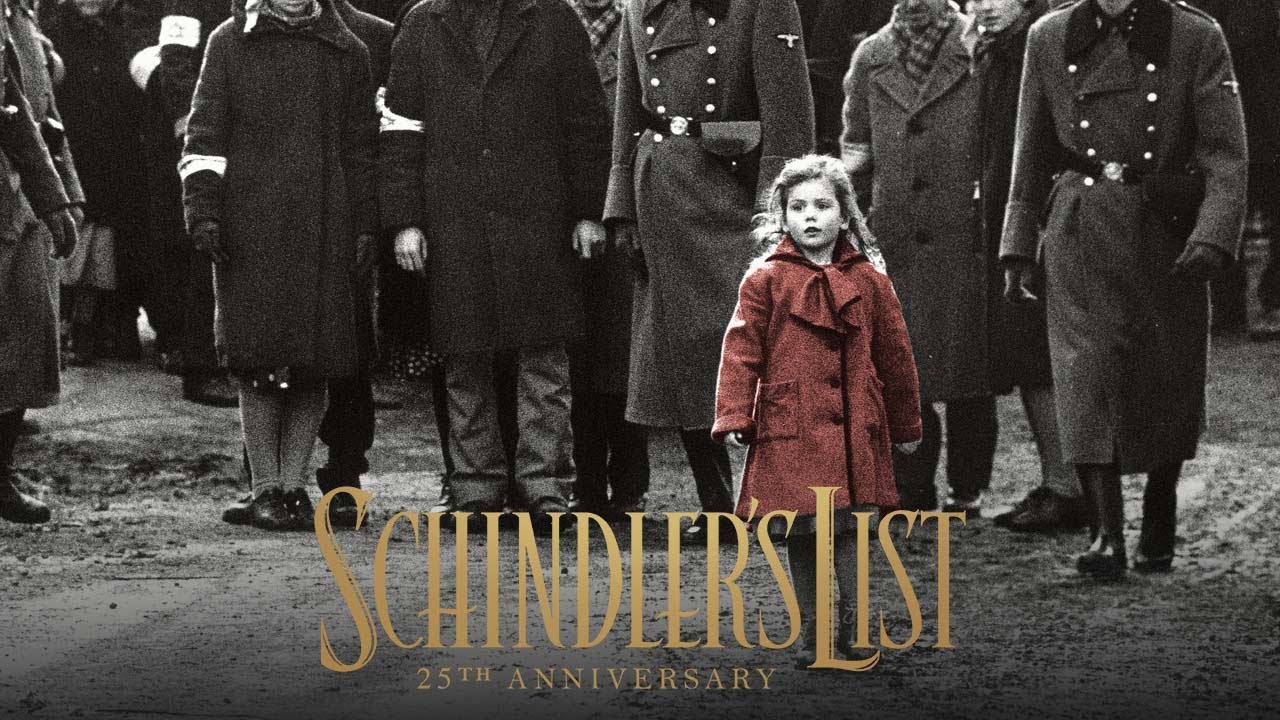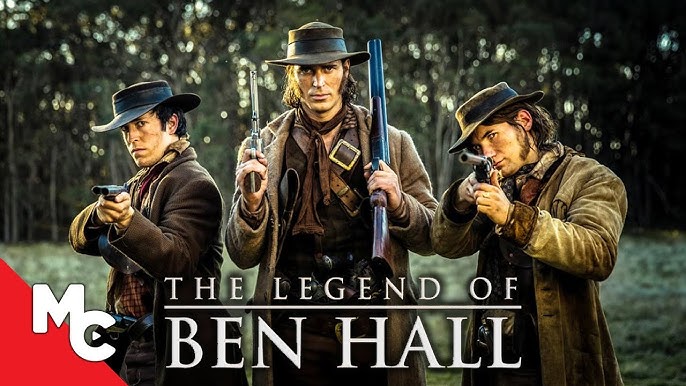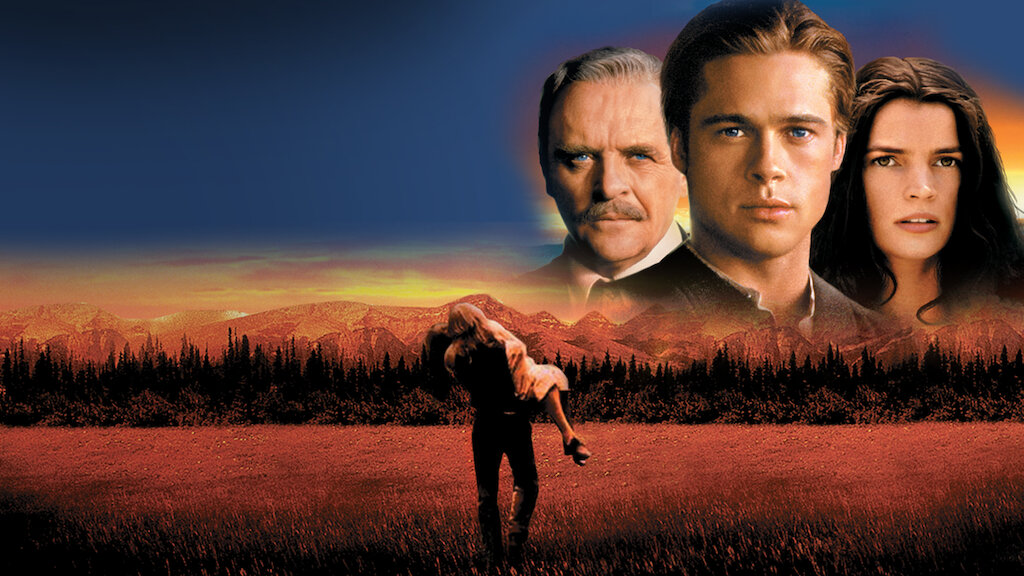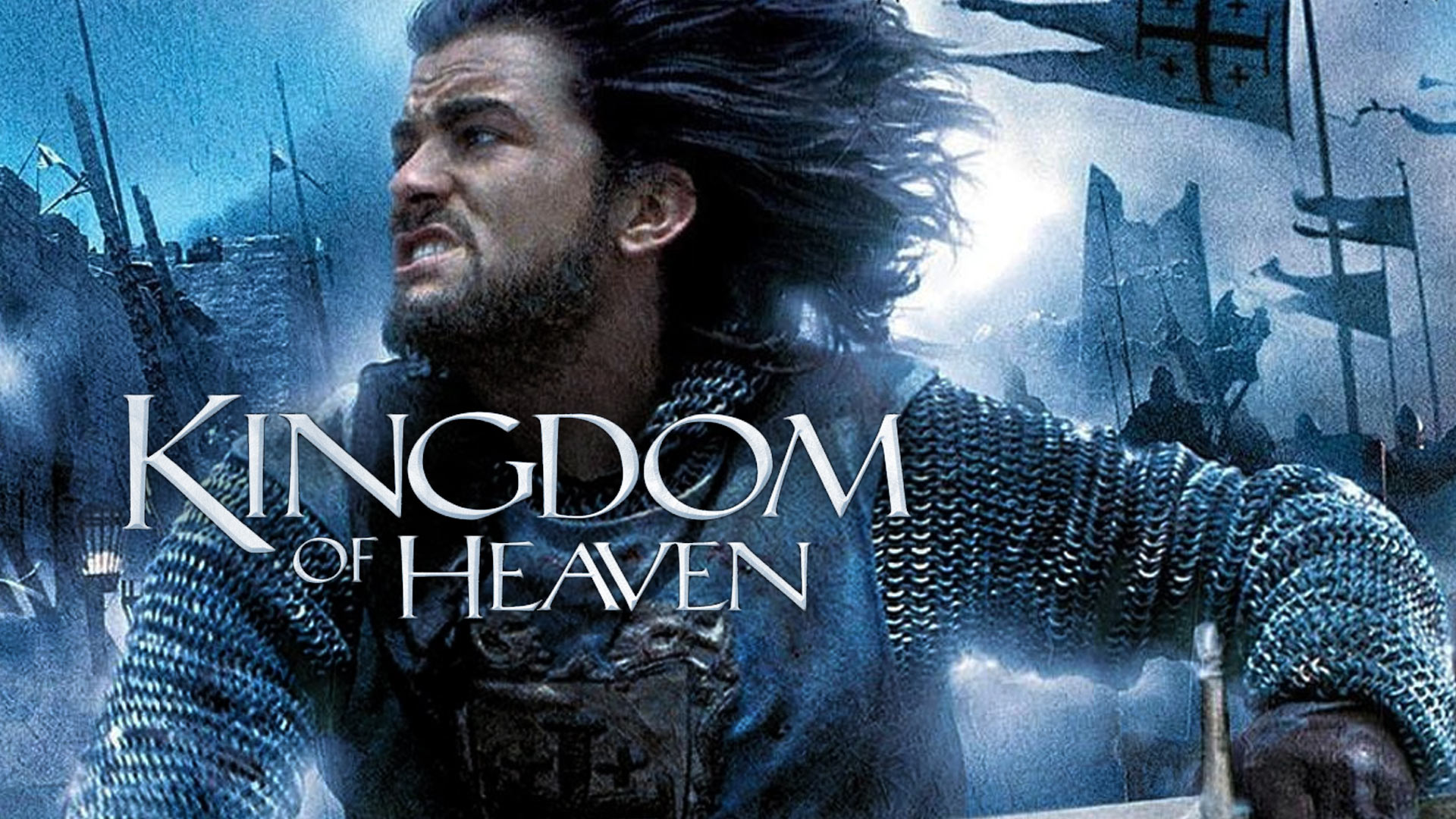FULL MOVIE:
Review: The Brown Bunny (2003)
Genre: Drama / Psychological / Experimental
The Brown Bunny, written, directed, edited by, and starring Vincent Gallo, is one of the most controversial and polarizing films of the early 2000s. It follows the lonely, meandering road trip of Bud Clay, a professional motorcycle racer traveling cross-country from New Hampshire to California, seemingly haunted by memories of a lost love named Daisy (Chloë Sevigny).

The film is stark and minimal in both dialogue and plot, relying instead on long takes, silence, and mood to evoke Bud’s emotional isolation. Gallo’s portrayal is intentionally distant—Bud is a man lost in grief, guilt, and longing. The film’s slow pacing and repetitive structure mirror his internal state, creating a sense of melancholic detachment.
Much of The Brown Bunny unfolds in near silence, with extended scenes of Bud driving through barren highways, stopping at motels, and encountering brief, empty interactions with women. It’s a study in loneliness and memory, though its minimalist approach has divided viewers—some admire its raw, unflinching style, while others find it frustratingly inaccessible.
The film gained notoriety for its graphic, unsimulated final scene between Gallo and Sevigny, which shocked audiences at Cannes and drew intense media attention. But beneath the controversy lies a final moment of emotional clarity and revelation, reframing much of what came before with a haunting twist. That moment, depending on the viewer’s patience and openness, either redeems or reaffirms their perception of the film.
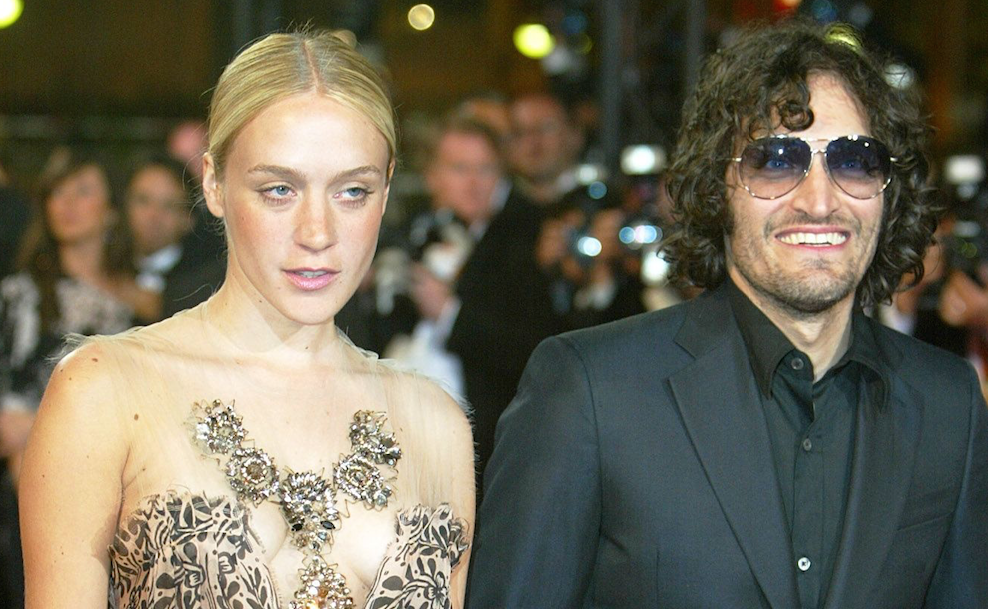
The Brown Bunny is a deeply personal, experimental piece of cinema that eschews traditional storytelling. It demands patience and introspection, offering a raw meditation on grief, guilt, and emotional paralysis.
Did you find The Brown Bunny to be a brave exploration of sorrow or too indulgent in its minimalism? Share your thoughts and interpretations below!
